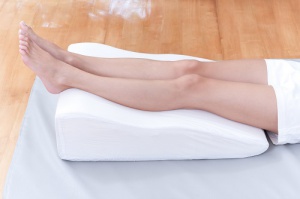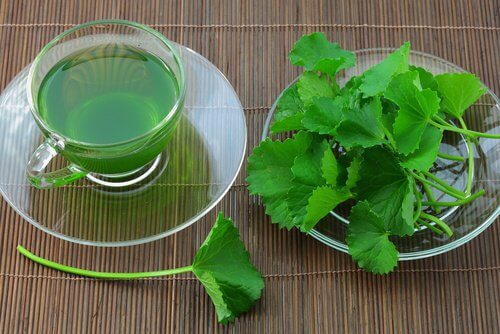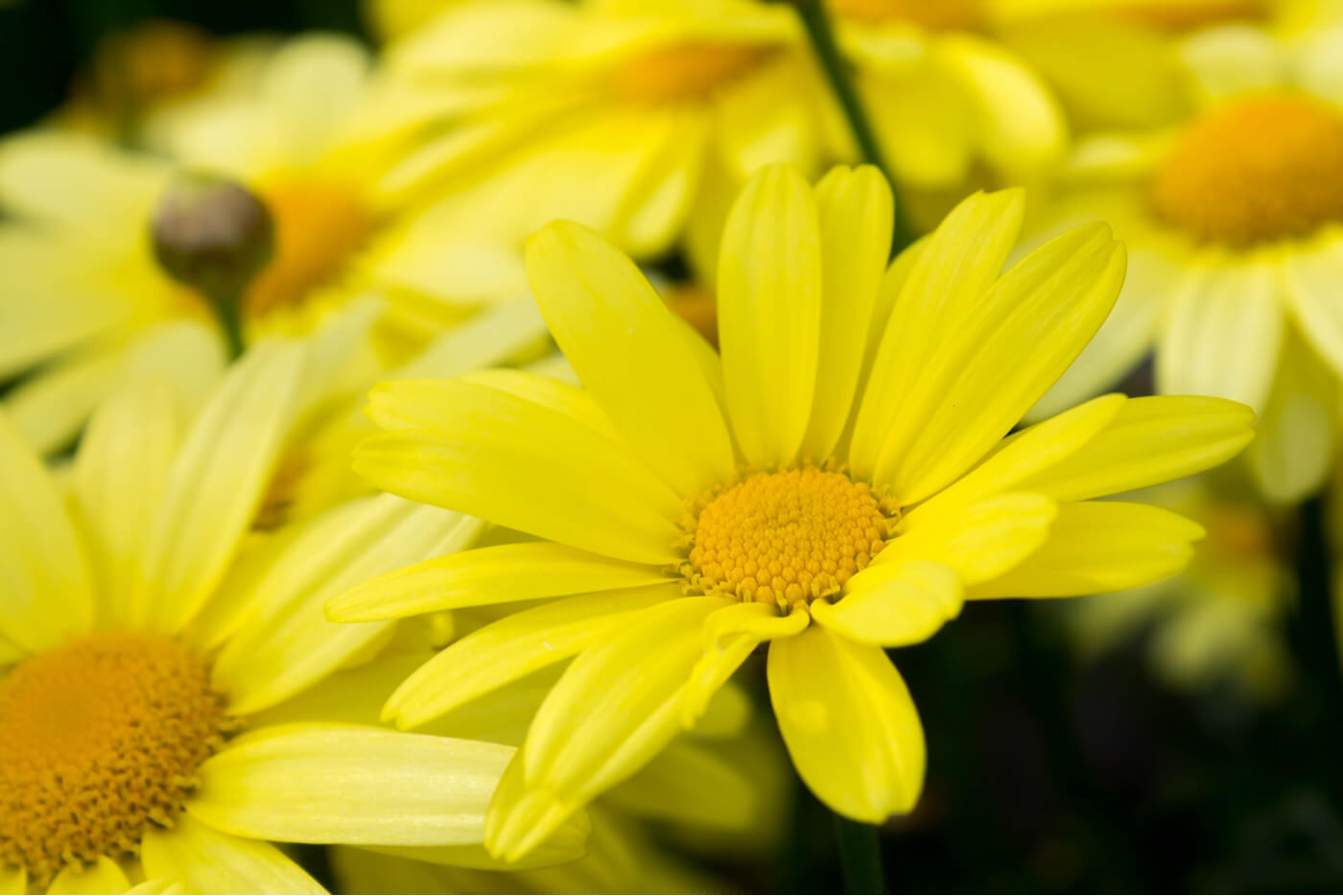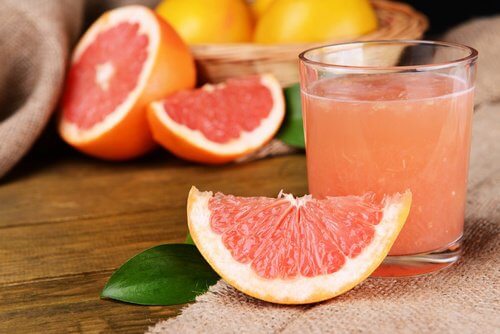Six Natural Remedies for Inflamed Legs


Reviewed and approved by Doctor Carlos Fabián Avila
Inflamed legs are an uncomfortable symptom that can be caused by circulatory problems. However, it can also be caused by lymphatic system problems or liquid retention.
It’s a common ailment for people. In fact, it’s estimated that everyone suffers from it at least once in their life. This problem is characterized by a notable swelling. Consequently, this is almost always accompanied by an annoying heavy, tingling feeling and problems with walking.
Sometimes, this even causes small lumps or noticeable veins. And so, these usually alert you to circulatory problems or joint disorders.
Luckily, there are natural remedies that control your level of inflammation to avoid strong pains or complications. This is because of the properties in the treatments.
In this article, we want to share 6 good alternatives. This way you’ll be able to prepare them when you suffer from this condition.
Remedies for inflamed legs
1. Celery seed tea

Celery seeds have diuretic and anti-inflammatory properties. This makes them useful in treating inflamed legs.
Their active compounds promote the elimination of retained liquids. They do this in your tissues and help to reestablish circulation.
Ingredients
- 1 cup of water
- 1 tablespoon of dried celery seeds
Instructions
- Boil a cup of water. When it starts to boil, add the celery seeds.
- Cover it with a lid and let it rest for 10 to 15 minutes.
- Drink this up to three times per day to control swelling.
2. Ginkgo Biloba tea
Ginkgo Biloba tea has a powerful detoxifying and diuretic effect. You can use this to complement other remedies for swollen legs.
These properties help to balance your body’s inflammatory processes. And, since it increases your lymphatic function, it encourages the elimination of waste that makes your pain worse.
Ingredients
- 1 tablespoon of Ginkgo Biloba
- 1 cup of water
Instructions
- Add the Ginkgo Biloba to boiling water and let it rest for 10 minutes.
- Strain the tea. Then, drink it 2 to 3 times per day.
- Repeat the treatment until your legs are healthy again.
3. Arnica compresses

Arnica treatments are one of the traditional remedies for inflammation problems. This is especially true of those that make your legs feel tired and painful.
Its anti-inflammatory and pain-relieving properties reduce the level of inflammation. They also promote circulation to prevent the formation of spider and varicose veins.
You may also like:
Ingredients
- 3 tablespoons of arnica
- 1 cup of water
Instructions
- Add the arnica to the cup of water. Then boil it on low heat for 3 to 5 minutes.
- Then, let it rest. After, when it cools, apply it with a clean cloth to the affected areas.
- Repeat the treatment 2 times per day until you reduce the inflammation.
4. Pineapple juice and parsley
Pineapple has an enzyme called bromelain. After your body absorbs it, it reduces inflammation. Additionally, this enzyme also reduces liquid retention in your tissues.
Here, we combine this quality with the powerful diuretic property of parsley. This controls the bloating of your inflamed legs and reduces the feeling of heaviness.
Ingredients
- 2 pineapple rounds
- 3 parsley stalks
- 1/2 cup of water
Instructions
- Chop the pineapple rounds. Then, blend them in a blender with the parsley and the water.
- Be sure to get a smooth drink and drink it for breakfast.
- Repeat the treatment every day until you get rid of the problem of inflamed legs.
5. Grapefruit juice and celery

These qualities contribute to reducing inflammation. And, meanwhile, they are a good treatment for increasing your circulation.
And therefore, we’re combining these nutrients with celery. As we already shared in the first remedy, celery is a beneficial vegetable for treating tired and inflamed legs.
Ingredients
- 5 grapefruits
- 2 stalks of celery
Instructions
- Juice the 5 grapefruits and blend them in the blender with the celery stalks.
- Drink this immediately so that it doesn’t lose its properties.
- Drink this every morning for breakfast.
6. Witch-hazel compress
Applying a witch-hazel compress is a refreshing and calming treatment. It calms the pain and tingling caused by inflammation.
This plant’s properties help to increase the circulation in your lower body. They also prevent the appearance of problems associated with a bad venous return.
We recommend you also read:
Treat Varicose Veins with Medicinal Infusions
Ingredients
- 3 tablespoons of witch-hazel flowers
- 1 cup of water
Instructions
- Add the witch-hazel to boiling water and let it boil for 5 minutes.
- Then, let it rest for a few minutes. Afterward, apply it with a cloth on the affected areas.
- Let it rest for 10 minutes. Repeat this treatment up to 3 times per day.
Do you have leg pain? Keep these remedies in mind and find the best solution for fighting this kind of pain.
All cited sources were thoroughly reviewed by our team to ensure their quality, reliability, currency, and validity. The bibliography of this article was considered reliable and of academic or scientific accuracy.
-
Korting, H. C., Schäfer-Korting, M., Hart, H., Laux, P., & Schmid, M. (1993). Anti-inflammatory activity of hamamelis distillate applied topically to the skin. European journal of clinical pharmacology, 44(4), 315-318.
-
Powanda, M. C., & Rainsford, K. D. (2011). A toxicological investigation of a celery seed extract having anti-inflammatory activity. Inflammopharmacology, 19(4), 227-233.
-
Tochi, B. N., Wang, Z., Xu, S. Y., & Zhang, W. (2008). Therapeutic application of pineapple protease (bromelain): a review. Pakistan journal of nutrition, 7(4), 513-520.
This text is provided for informational purposes only and does not replace consultation with a professional. If in doubt, consult your specialist.








